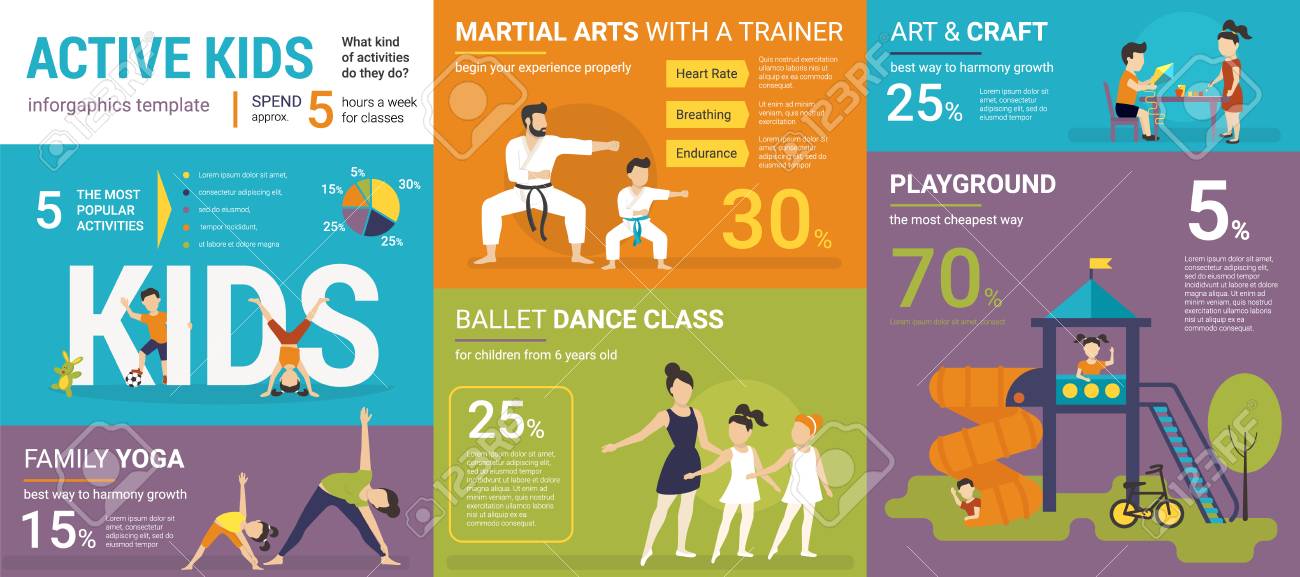A Historical Review And Progression Of Martial Arts Around The World
A Historical Review And Progression Of Martial Arts Around The World
Blog Article
Post By-Winkler Graham
Martial arts have a remarkable background that spans centuries and continents. You could find it intriguing exactly how ancient practices like Shuai Jiao and Kalaripayattu laid the groundwork for contemporary combat techniques. These techniques not just highlight physical skills yet likewise reflect the societies that birthed them. As you discover their evolution, take into consideration just how globalization has actually transformed these typical types right into crossbreed styles. What impacts do you assume have formed today's martial arts landscape?
Ancient Martial arts: The Structures of Battle
As you look into the world of ancient martial arts, you'll discover the rich foundations that formed battle methods throughout cultures. Very early practices focused on Self-Defense and survival, frequently including strikes, grappling, and weapons.
In ancient China, for instance, techniques like Shuai Jiao stressed tosses and joint locks, while India's Kalaripayattu showcased agility and liquid motion. Japanese samurai developed Kenjutsu, a refined swordsmanship that highlighted self-control and technique.
These martial arts offered not just for fight however likewise as a means of individual advancement, instilling worths like respect and perseverance. The blending of these techniques with time prepared for the varied martial arts you see today, each mirroring the one-of-a-kind viewpoints and requirements of its culture.
The Social Impact on Martial Arts Growth
While martial arts typically show the functional demands of a society, they additionally symbolize the social values and beliefs of their beginnings. When you explore different martial arts, you'll notice exactly how they're affected by religion, ideology, and social standards.
As an example, the emphasis on regard and technique in Japanese martial arts stems from Zen Buddhism and samurai society. In contrast, Brazilian Jiu-Jitsu advertises adaptability and approach, formed by the need for performance in a varied, multicultural environment.
You might locate that the routines, attires, and training approaches reflect a community's history and identification. By recognizing these cultural impacts, you grow your recognition of martial arts and their function in shaping human experiences around the world.
Modern Adaptations and the Globalization of Martial arts
Martial arts have actually transformed dramatically in recent decades, adjusting to modern culture and international influences. olympic martial arts 'll notice that typical kinds have blended with contemporary techniques, developing hybrid styles like MMA. martial arts with knives satisfy varied audiences, making martial arts available and attractive worldwide.
With click this of social media and digital platforms, you can discover tutorials and competitors from all edges of the globe, damaging geographical obstacles. This globalization has actually led to a common recognition for different self-controls, from Brazilian Jiu-Jitsu to Taekwondo.
As you involve with these arts, you'll understand they're not practically fight; they promote fitness, self-control, and psychological health.
Eventually, modern adaptations have actually enhanced the martial arts landscape, making it a vibrant and developing practice.
Verdict
In exploring the history and advancement of martial arts, you uncover an interesting blend of methods, societies, and ideologies. From ancient self-controls like Shuai Jiao and Kalaripayattu to the contemporary flexibility seen in MMA, martial arts show humankind's quest for Self-Defense and personal growth. As you involve with these techniques, you not just get abilities yet also a much deeper gratitude for the varied traditions that form our globe today. So, proceed try this out and accept the art of battle!
